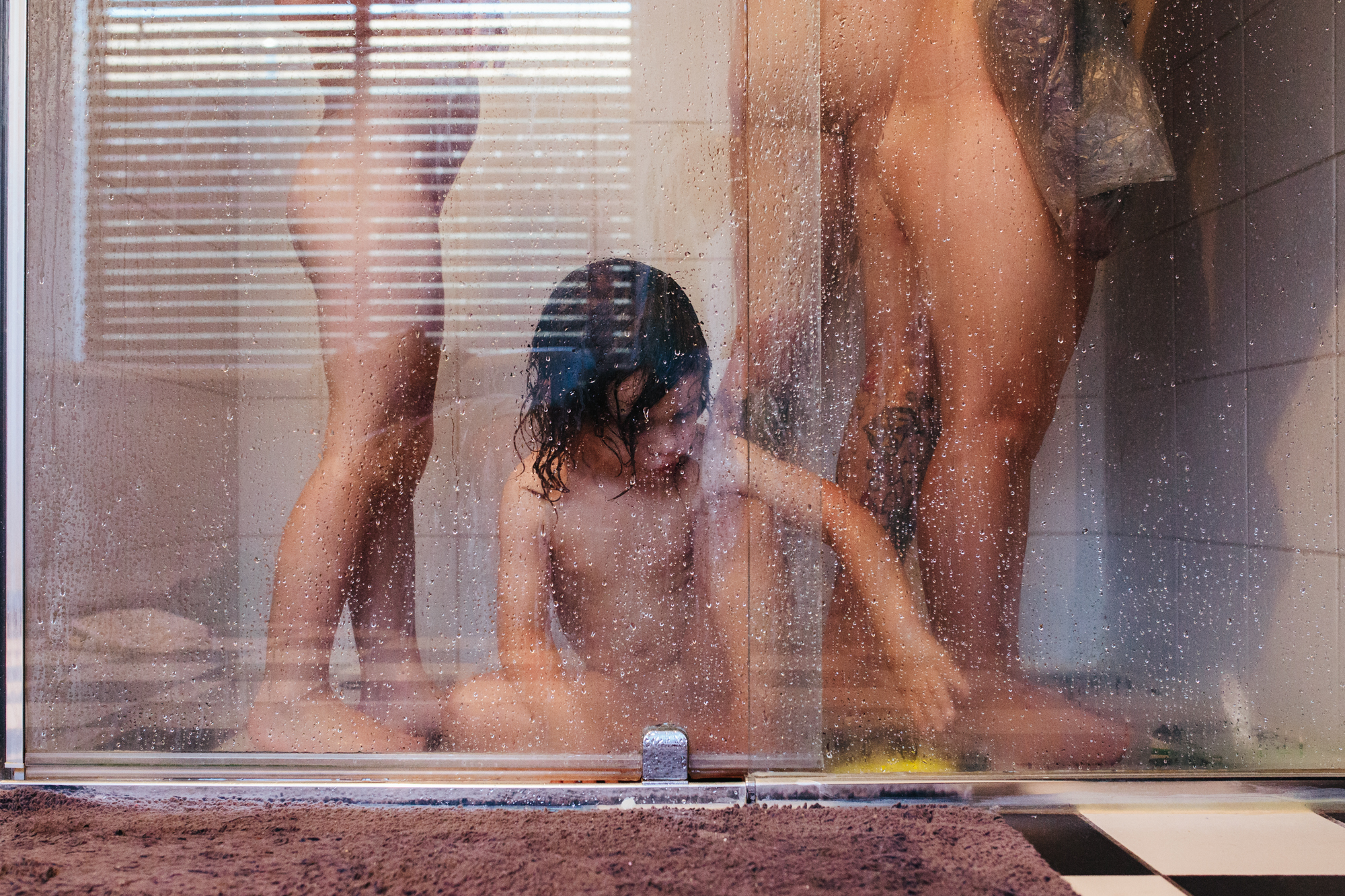“The moment was all; the moment was enough.”
– Virginia Woolf
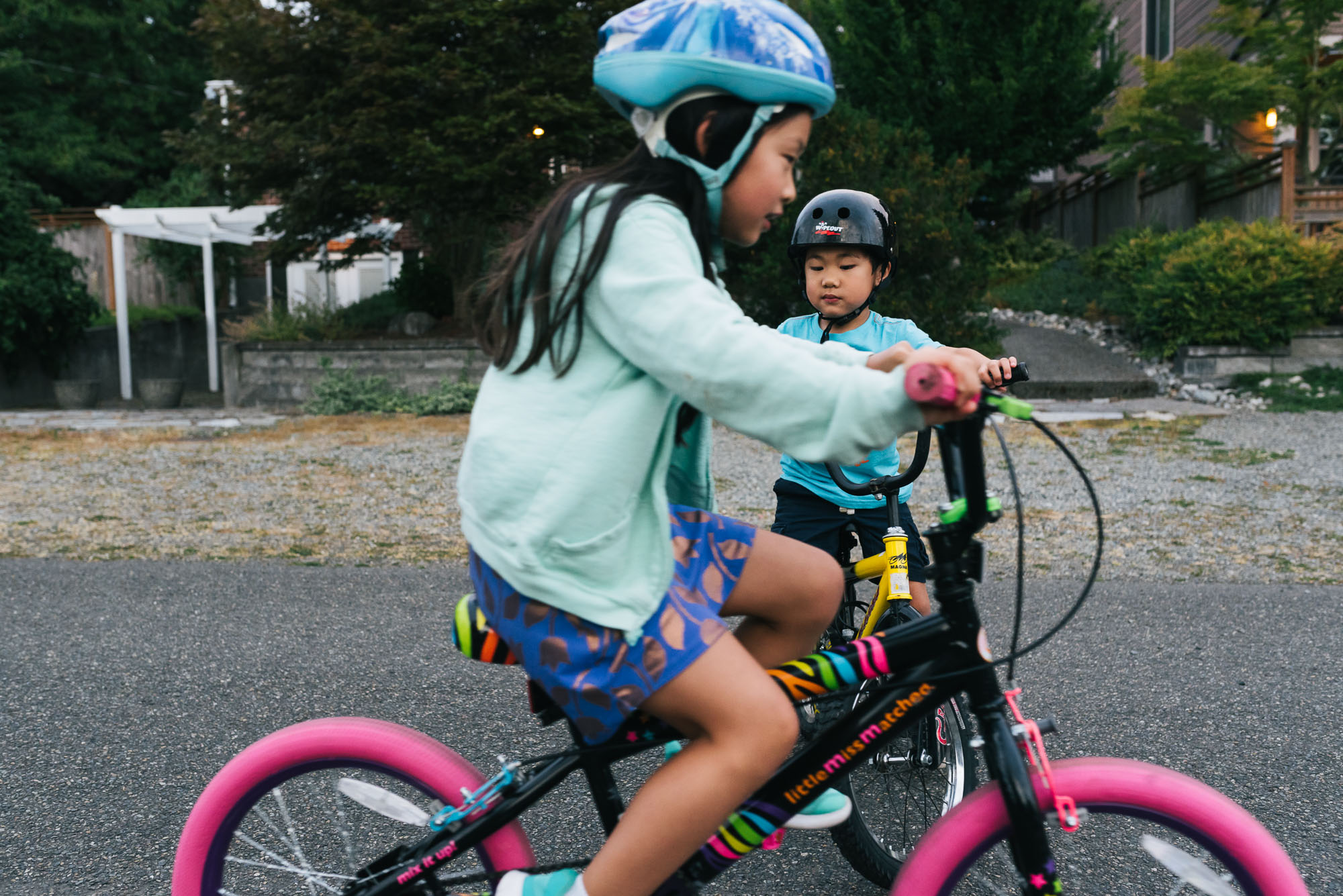
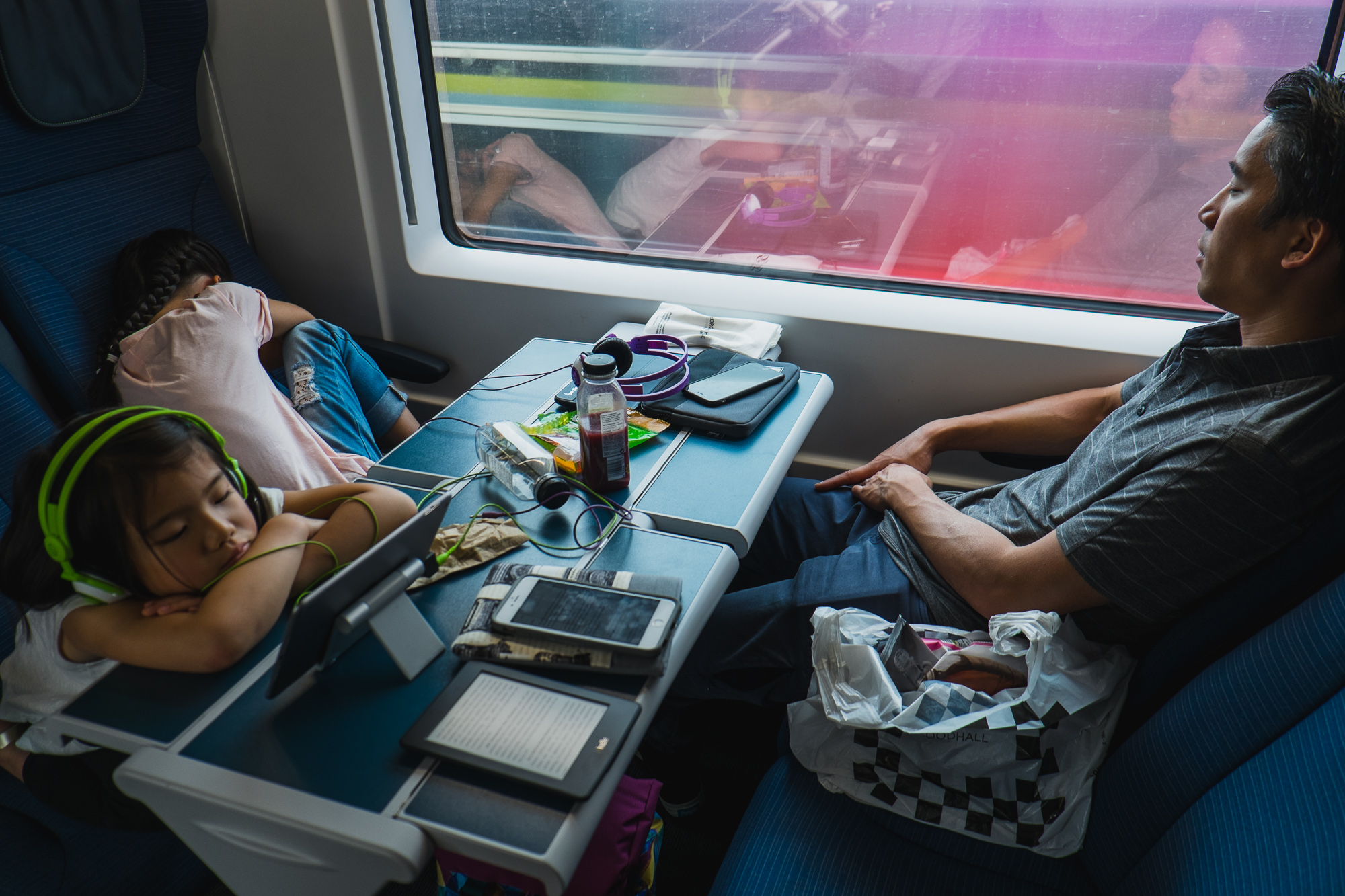
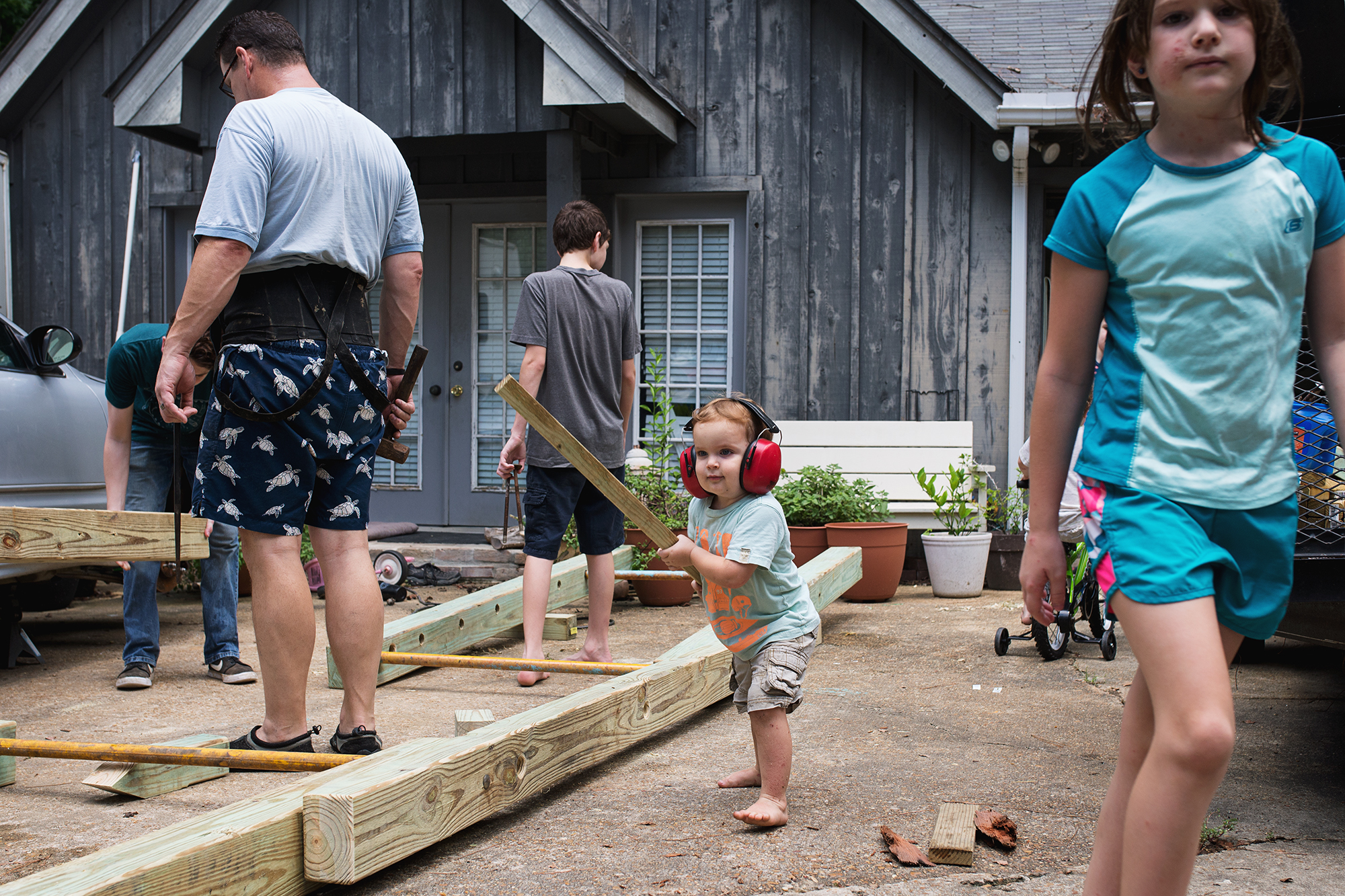
“The moment was all; the moment was enough.”
– Virginia Woolf



“Dwell on the beauty of life. Watch the stars, and see yourself running with them.”
– Marcus Aurelius
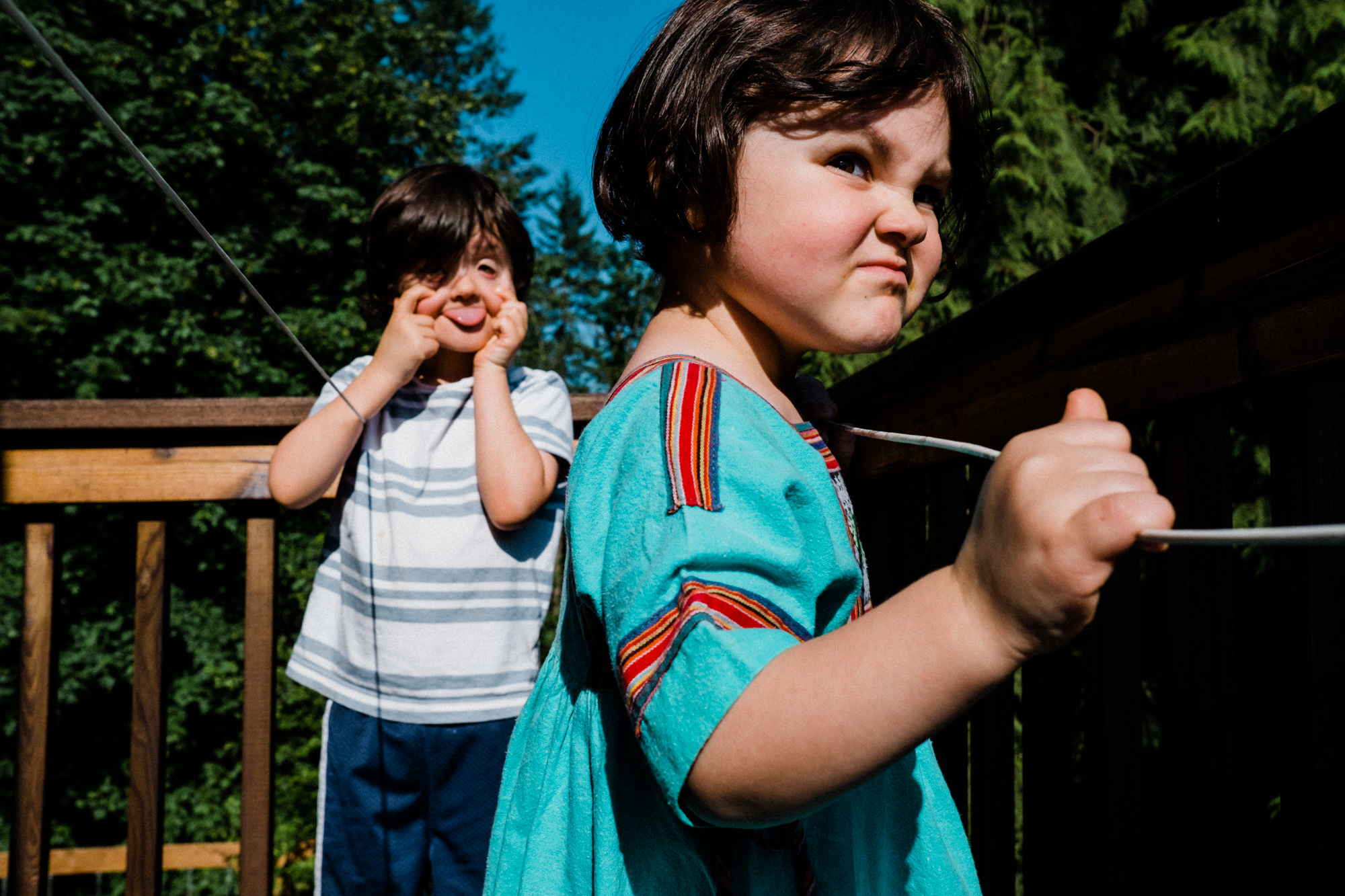
This week we have an anonymous critique, and this image was shot with a Canon Mark III.
Critique today comes from Felicia and Lacey.
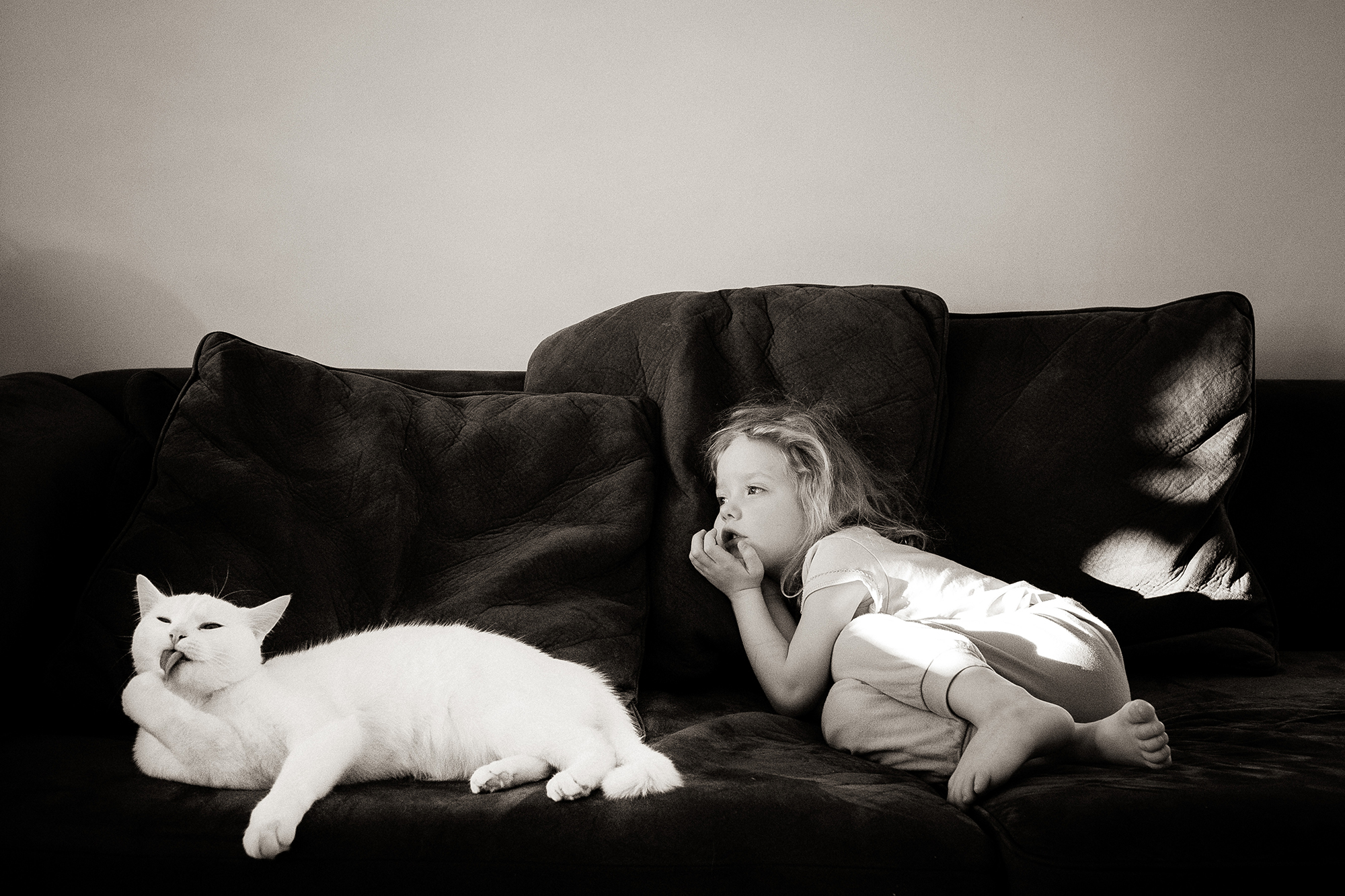
Felicia: For me, this image captures my attention first with its mirroring in posture. The way the cat and the girl are positioned with their heads to the left side of the frame; it brings an implied line to read in that direction. As eyes are trained to read from left to right, this introduces tension to the image.
There is a bright spot to the right of the frame that is distracting and understandably challenging to manage because of the white cat, without losing the texture of its fur. Exposure is managed well in this case as the cat’s highlights are not blown. Unless the girl moves out of this bright spot, it cannot be eliminated from composing the frame without compromising the significance of the mirrored postures.
Compositionally, I do think you could have gotten closer to eliminate a lot of the space around them as it doesn’t serve as effective negative space or add context to the image.
As strong as the mirroring in posture is, and the suggestive states of rest and relaxation between the girl and the cat, the moment itself is not a loud one. To me, I am intrigued with the far away look in the girl’s eyes, and it makes me wonder what she is thinking of, or where her thoughts are, although that gesture is seeminly unrelated to the cat cleaning its paw. In that way, the subjects are not connected or reacting towards each other, any more than their postures are mirroring. I want to see a moment that tells me something more about their relationship.
The choice to convert to black and white and the warm tint for processing is unclear to me. I am curious about the child’s wardrobe – are the colours going to be able to add more to the story of her as a subject? Are there subtle stains that add more information?
For me, this image leaves me wanting to know more about their relationship so I would ask, if you had to reshoot this, how can you shoot this differently to say something about their relationship?
Lacey: First off, I love the mirroring you were able to capture in this photo! Great eye! The conversion to black and white works well for this image as it further cements the repetition between the cat and the child. They become a matching pair in their light tone with dark mouth and eyes. Getting down low to eye level helped them be fully encompassed by the dark field of the sofa behind them. If you had been at a different angle where one of them broke the horizon line of the sofa the photo would not have the same effect. It looks like the image may be overexposed slightly. It appears that the light that falls on the child’s clothing is a bit overblown. I would recommend shooting at lower exposure to retain that information and then using some light dodging and burning to help equalize the high key area. Our eye as the viewer is drawn to the lightest area first, which is great as that bring emphasis to the child and cat, but it is not great for drawing the eye to the overblown shirt and pants and light area of the couch. Overall this is a strong photo, and utilizing the adjustment brush in lightroom to take care of the hot highlights will make it even better.
*****
Interested in having one of your images critiqued? Check out the submission guidelines.
Thank you for all your July submissions in our Instagram Community! We love seeing your documentary photos, so please keep tagging your photos with #shamoftheperfect to share with us. This month’s top honor goes to True Mama Photography. Be sure to check out their page and the pages of all our Top 5 artists for this month to see more of their wonderful work.
To see your photo here next month post your favorite documentary family images using the hashtag #shamoftheperfect for a chance to be featured on IG! Don’t forget to also share your images on our facebook page, too.
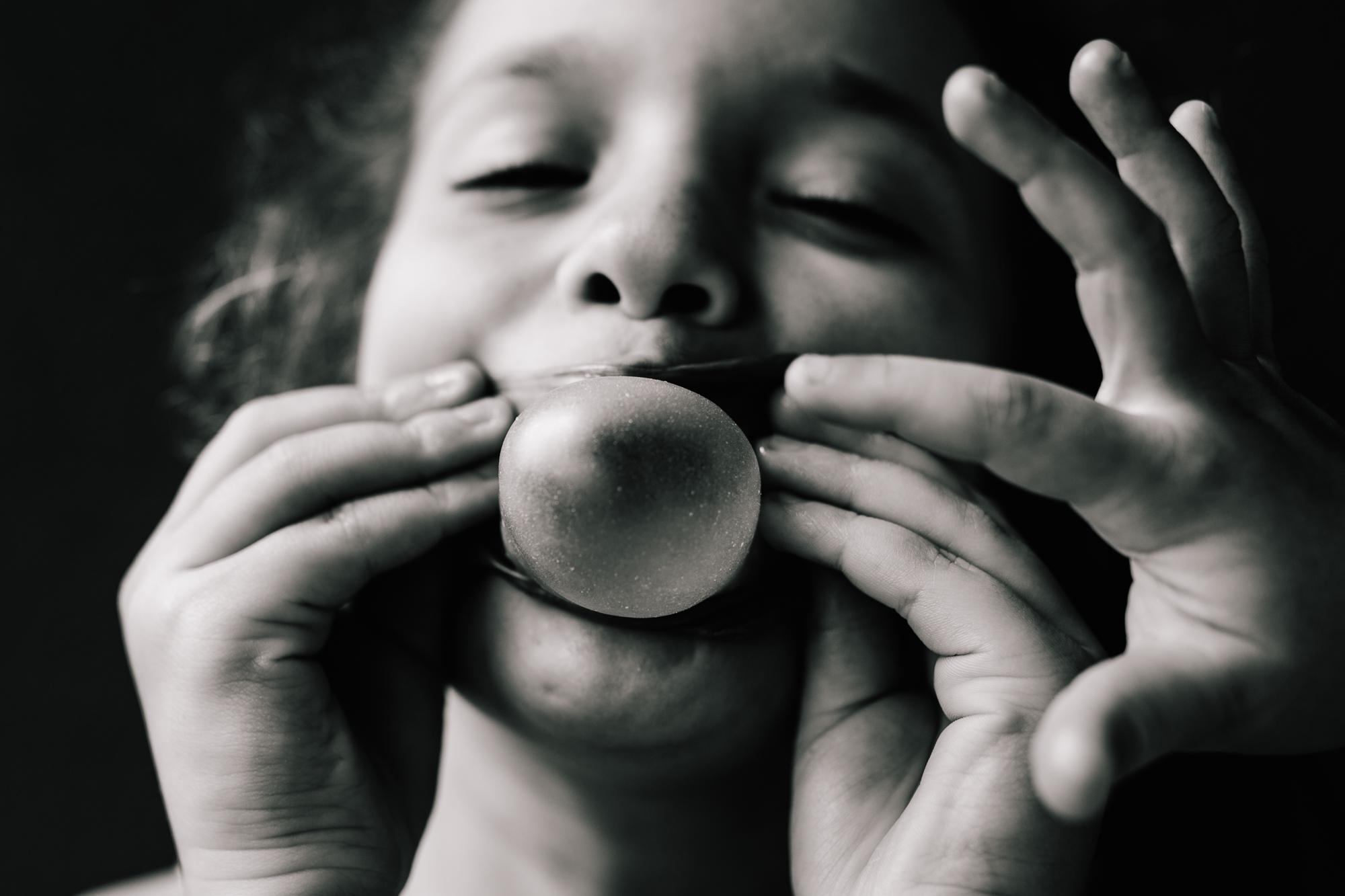
Photography, as an artistic medium, naturally tends towards the emotional side of things – photographs evoke emotion; we take photos to remember, to celebrate. Especially if you are a parent photographing your children, it is hard to take emotion out of it. As photographers, we also seem to be constantly told that we must put emotion into our work, that our photos should evoke emotion in others. Hell, there are countless workshops & ebooks out there with names like ‘how to evoke emotion during family sessions’, ‘capturing emotion’, ‘the art of emotion’, ‘capturing true emotion’, ‘the emotional child’, ‘adding emotion & feeling to photographs’ & so on & so forth. The list is endless.
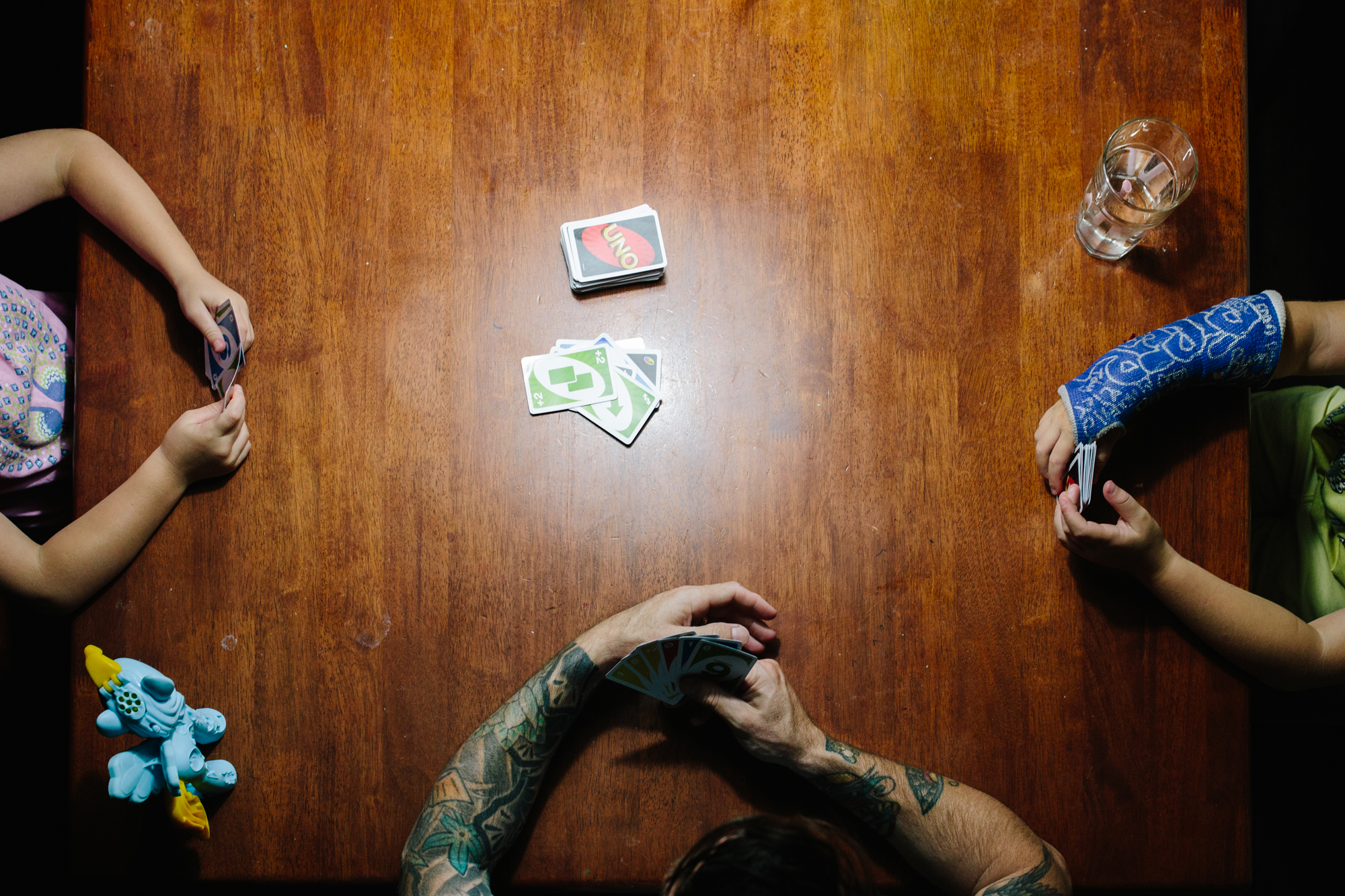
But here’s the thing, I think we have misinterpreted all of this emotion. Of course we want to photograph emotions, because what is life without them? But we need to take the emotion out from behind the lens. We need to separate the emotion from the artist. Taking the emotion out of our work will help make us better photographers – it will help us with making better photographs in the first place, help with culling & curating our work & it will help us deal with where we are at as artists, as opposed to where we want to be.
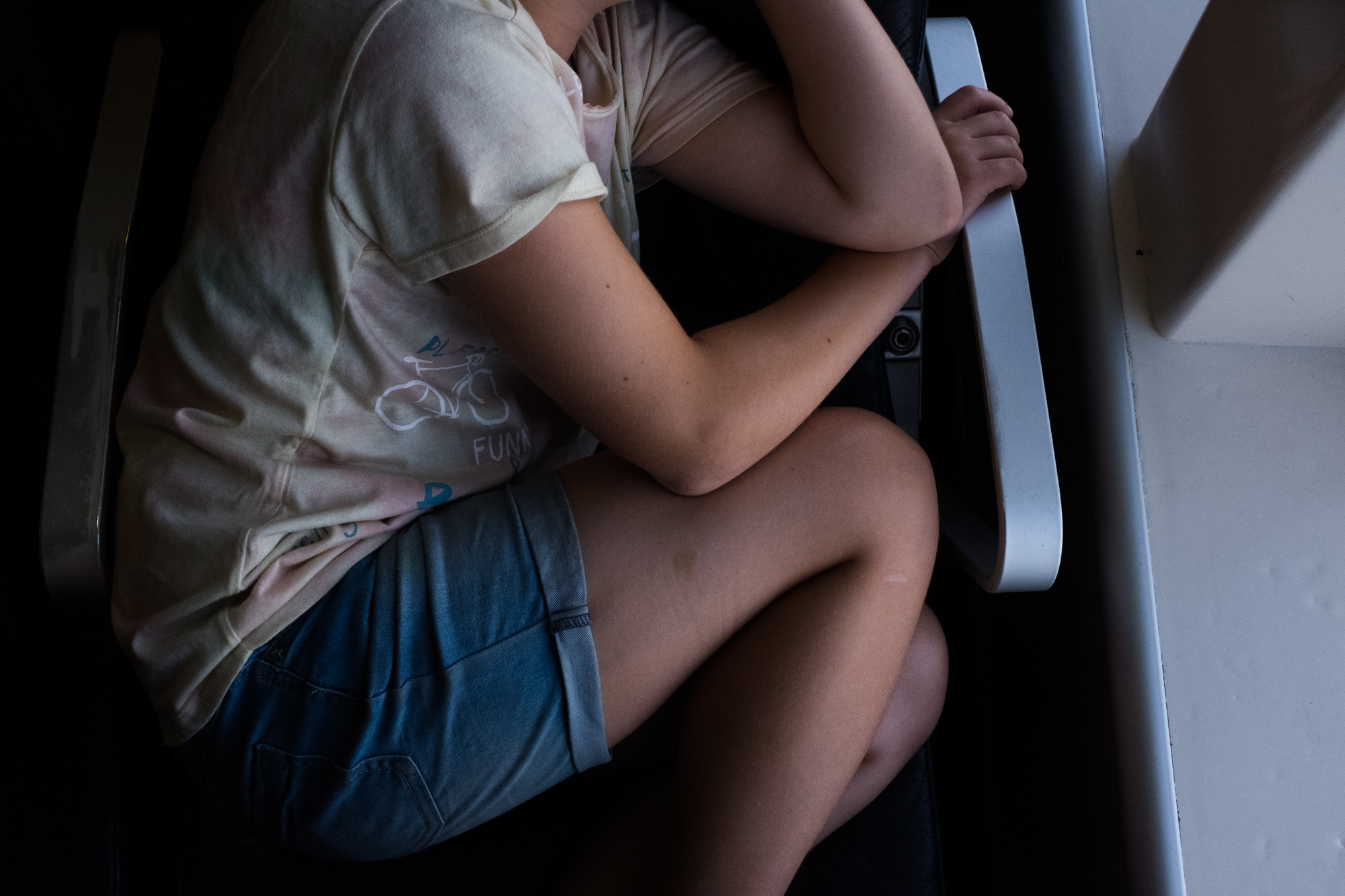
Let’s take a look at how this will help.
When making your photographs, concentrating on the basics of composition, framing, micro composition, just to name a few things that you should be looking for, should help you to take technically stronger photos. For me, concentrating on those things helps me to detach a little from the emotional aspect of taking a photo(especially when it is of your own children.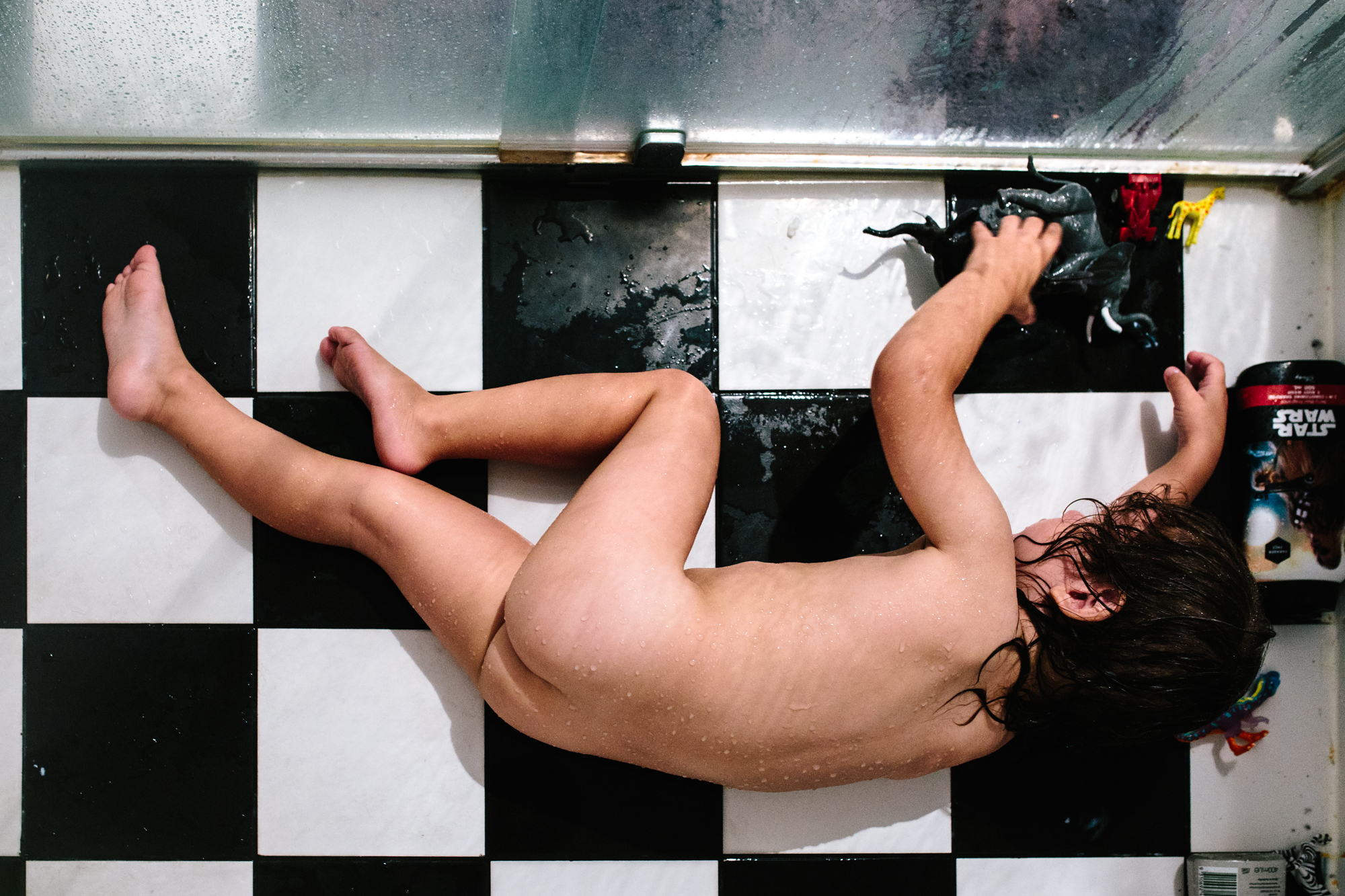
When culling your photographs it is best to take a step back before viewing what you have taken. I usually wait at least a week or two before viewing photographs that I have taken. That way, I am a little more detached & less likely to make decisions on what photographs to keep & which to toss based on emotion. This, for me, helps me get down to the best photos that I had taken in the session, rather than having my judgement clouded by all of that emotional attachment. I can ask myself, ‘do I think that this photograph is good because of the emotion that I have attached to it, or is it actually good on it’s on merit?’ & answer honestly.
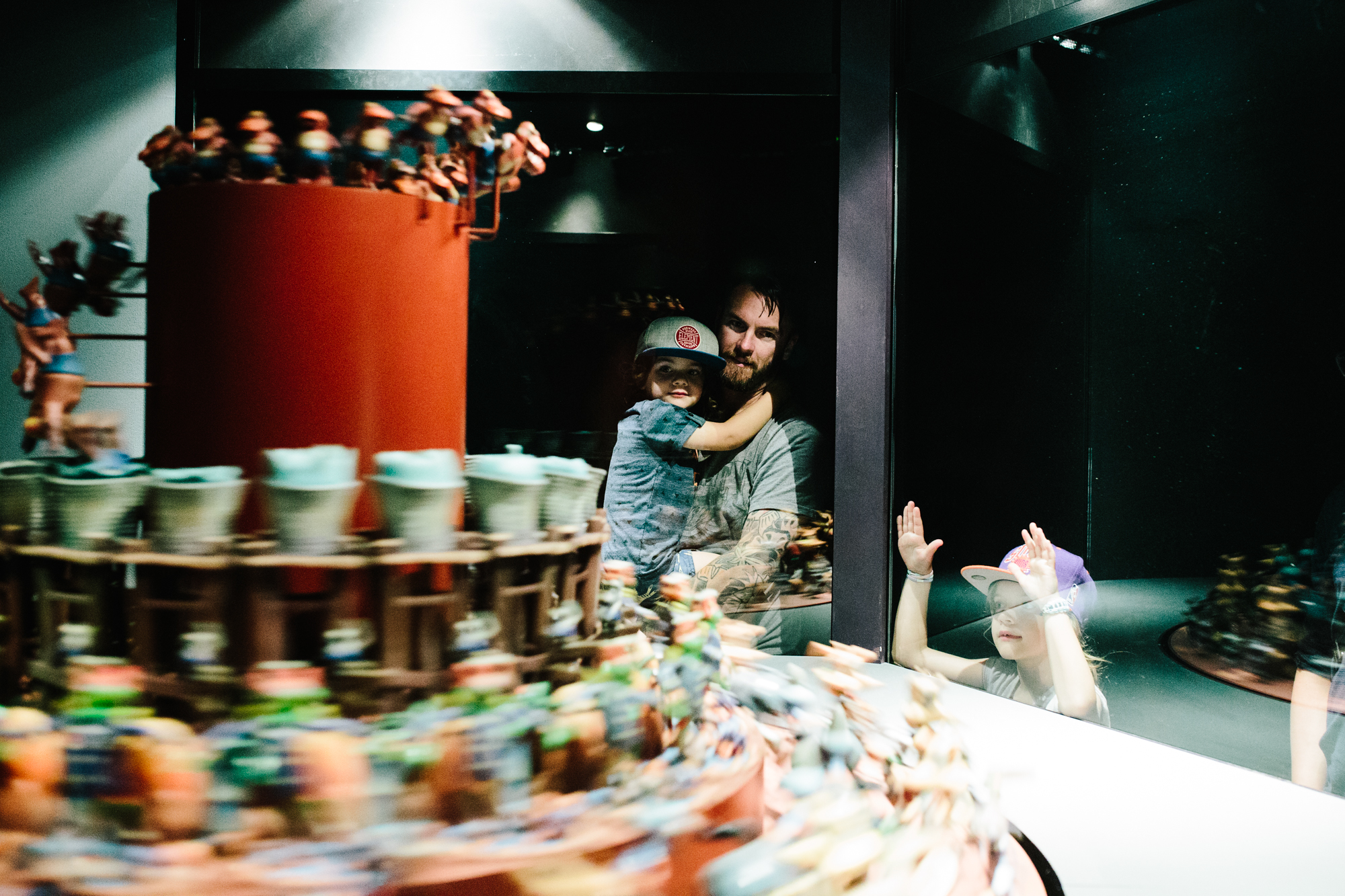
When curating your photographs leaving emotion at the door will help you select your best work to showcase. When those Mum/Dad goggles are removed, we can see more clearly & analytically what is well & truly our best work. No one wants to see 200 photos in a blog post because you couldn’t decide on which photos to share because you are too attached to them.
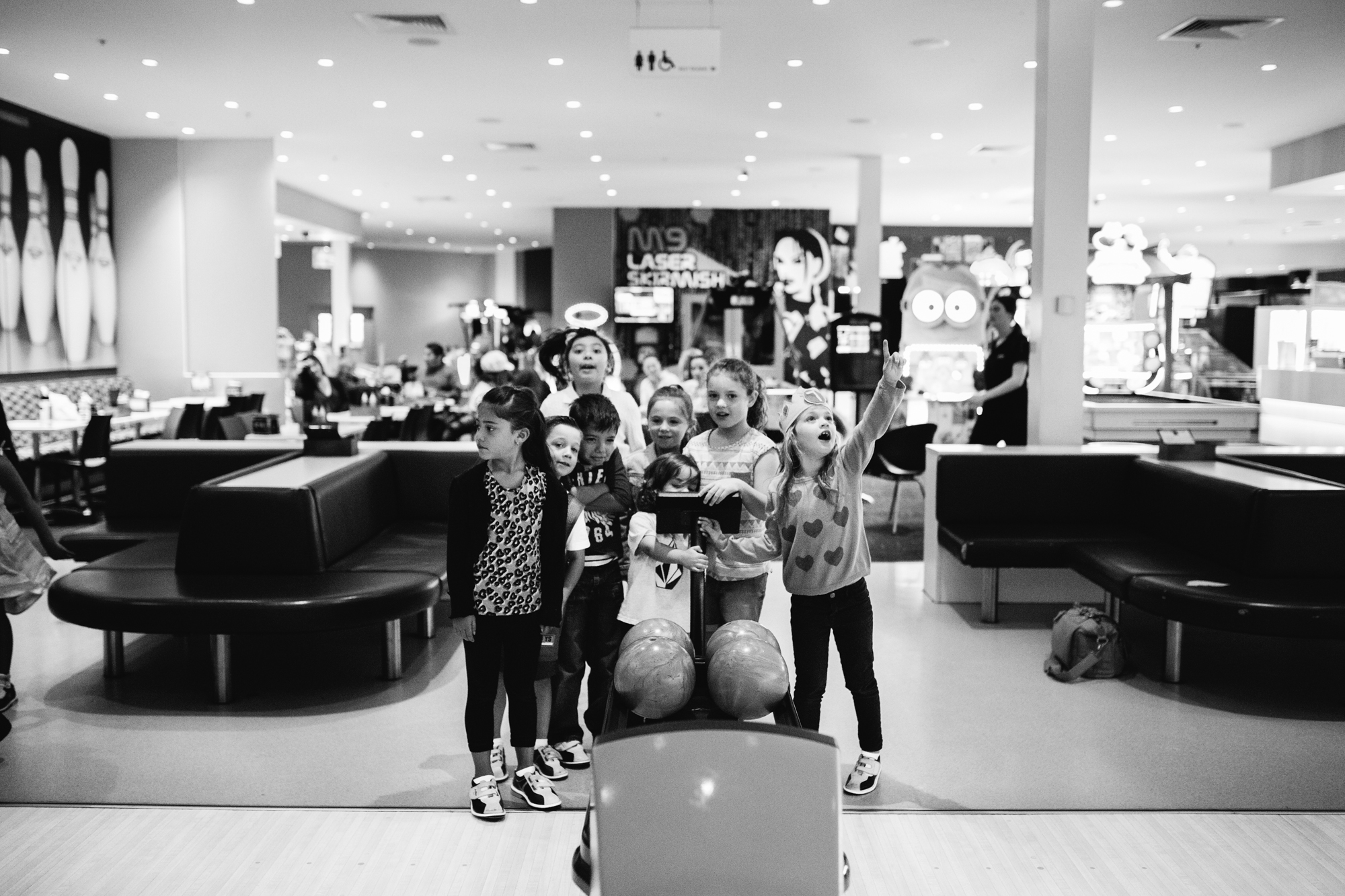
Submitting work for critique, competitions, exhibitions or anywhere that your work will be judged, is hard. It’s even harder when you can’t separate your personal attachment to a photograph. Receiving critique on a photo that you are emotionally attached to makes it feel like you are being kicked in the guts when ever someone points out areas or improvement or that the photo doesn’t actually work at all. If you have acted as the emotional gatekeeper before submitting the photo in the first place, you will be better placed to receive any feedback that could help improve your work.
So basically, I’m saying keep the emotion in front of the camera while being an emotionless husk behind it!
